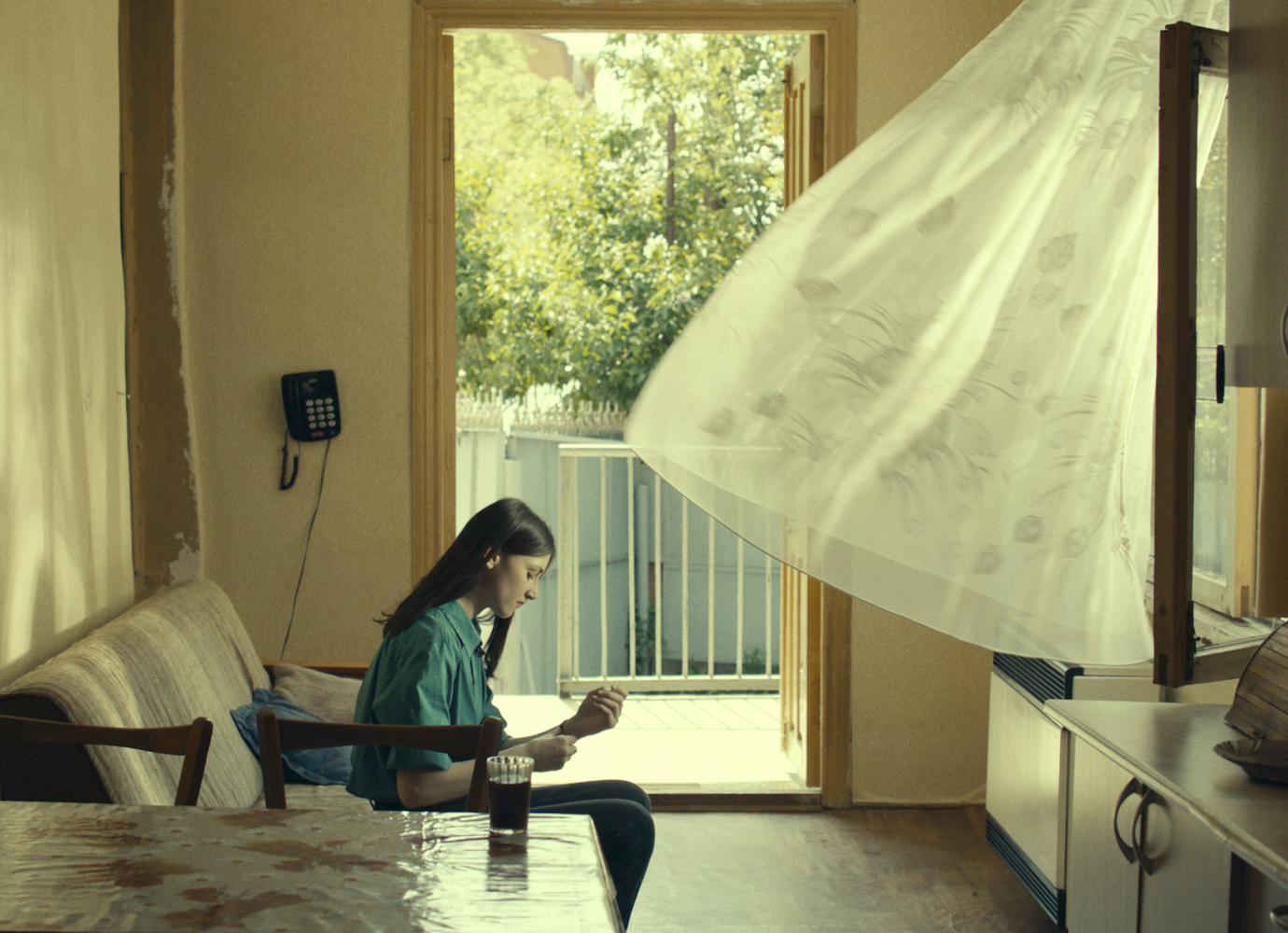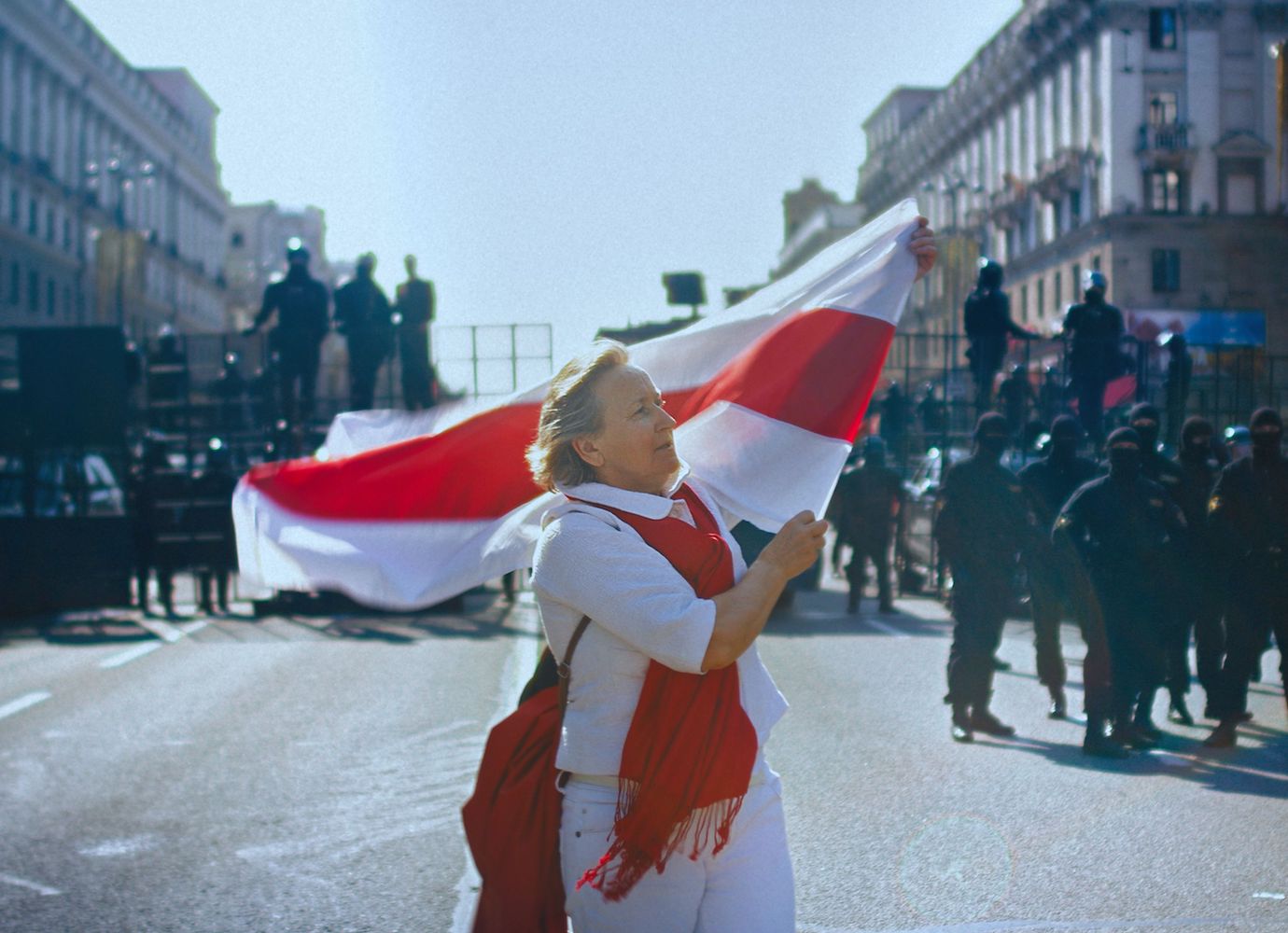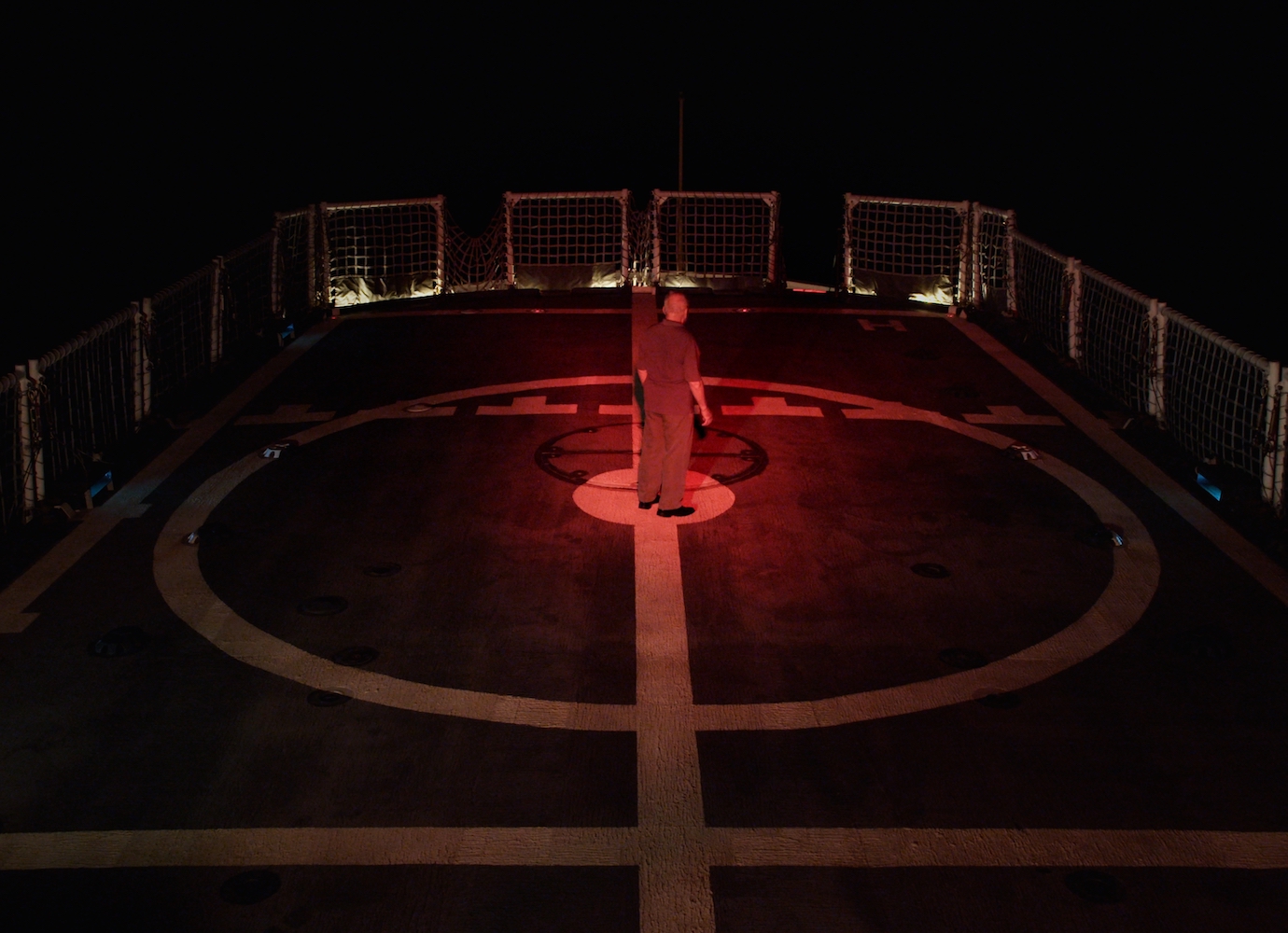Looking for Venera: a coming of age and emancipation story in today’s Kosovo
Winner of the Special Jury Prize at Rotterdam, Norika Sefa’s sensitive debut feature Looking for Venera, follows the troubled life of a taciturn girl living in the Kosovar countryside.
Despite its limited resources, Kosovar cinema has gifted viewers with an array of successful arthouse titles in recent years: from Fatos Berisha’s The Flying Circus and Antoneta Kastrati’s ZANA, to Blerta Basholli’s Hive, crowned with the Grand Jury Prize, the Audience Award, and the Directing Award at February’s Sundance festival. Now, after winning the Special Jury Prize at this year’s online International Film Festival Rotterdam, Norika Sefa’s debut feature Looking for Venera is poised to make its own deserved mark on the country’s film history.
Set in a remote village in the middle of Kosovo’s rugged countryside, the story follows a taciturn teen girl called Venera (talented newcomer Kosovare Krasniqi), who lives in a cramped house with her parents, two younger brothers and her grandmother. Outside, there’s little to see or enjoy, and most of her moves are tracked by brothers, nephews, or neighbours keeping an eye on her and protecting the family’s “good reputation”. But Venera dreams of a different future — and her spirits are lifted when she makes friends with the rebellious Dorina (played by Rozafa Cefaj). With tact and sensitivity, Sefa explores Venera’s sexual and mental development in depth, not hesitating to portray the casual acts of bullying she still endures from her peers and parents.
A still from Looking for Venera
Sefa says she has developed the script over the course of two years: “I wanted to show the way I grew up, and how a large, three-generation family works. There were a lot of creative opportunities in that clash of energies and visions of life,” she told The Calvert Journal. “After moving abroad and returning home, I see how many things are taken for granted. In our culture, we tend not to discuss problems of people hiding their emotions. Change scares us. That was the basis I used to develop the story. I chose to focus on a 16-year-old girl, because teens have urgency to find out who they are and how they are seen.”
Casting the leading actors was of crucial importance, and required intensive research: “I wanted to find two girls who complemented each other, rather than opposed each other. Both had to feel attracted to one another, looking for what they’re missing in themselves.” Ultimately, Sefa auditioned more than 1,000 girls before spending time with both Kosovare and Rozafa away from Pristina and prying eyes. “I had no camera, as I didn’t want to let them feel we were preparing for filming something, but just allow us to chat, gain trust and know each other,” she says.
Made on a shoe-string budget (like many other Kosovar pictures), the film was shot over the course of 28 days. Almost all of the pre-production work was personally handled by Sefa, and, once on set, actors were given space to rehearse and familiarise themselves with their locations, in order to save time and takes.
The camera, meanwhile, adopts an observational approach typical of documentary portraits, choosing to depict Venera and most of the other characters from a very intimate distance through close-ups and semi close-ups. Cinematographer Luis Armando Arteaga often relegates the girl’s presence to the bottom or one corner of the shot, an aesthetic choice that powerfully reflects her constant feeling of oppression. While this proves to be an effective solution, Sefa disclosed that this wasn’t the result of a deliberate choice and added: “For me, Venera is part of whatever is happening, but not necessarily participating or relating to the events occurring on screen.”
A still from Looking for Venera
Yet while Venera and the other female characters part of this picture are all to different extents victims of Kosovo’s conservative and patriarchal society, the country’s women filmmakers, like Sefa are gaining more and more space in a traditionally male-dominated industry. “I think it’s not that difficult for a woman to work in Kosovar cinema,” the director says. “I feel women are readier to be ‘vulnerable’ whilst men like to be told exactly what to do. That’s why films made by women are more successful. We’re more vulnerable, but we dare more and don’t feel lost without a hierarchical structure. The main production obstacles remain bureaucracy and the country’s political instability.”
For now, however, Sefa does not seem tempted to move away from Kosovo. The director disclosed that she’s developing a new feature staged by most of the same creative team and set in the country once again. “We have many other resources here [in Kosovo],” Sefa says, “fantastic locations and tireless people willing to work in film, above all.”
Looking for Venera was produced by Pristina-based outfit Circle Production.


